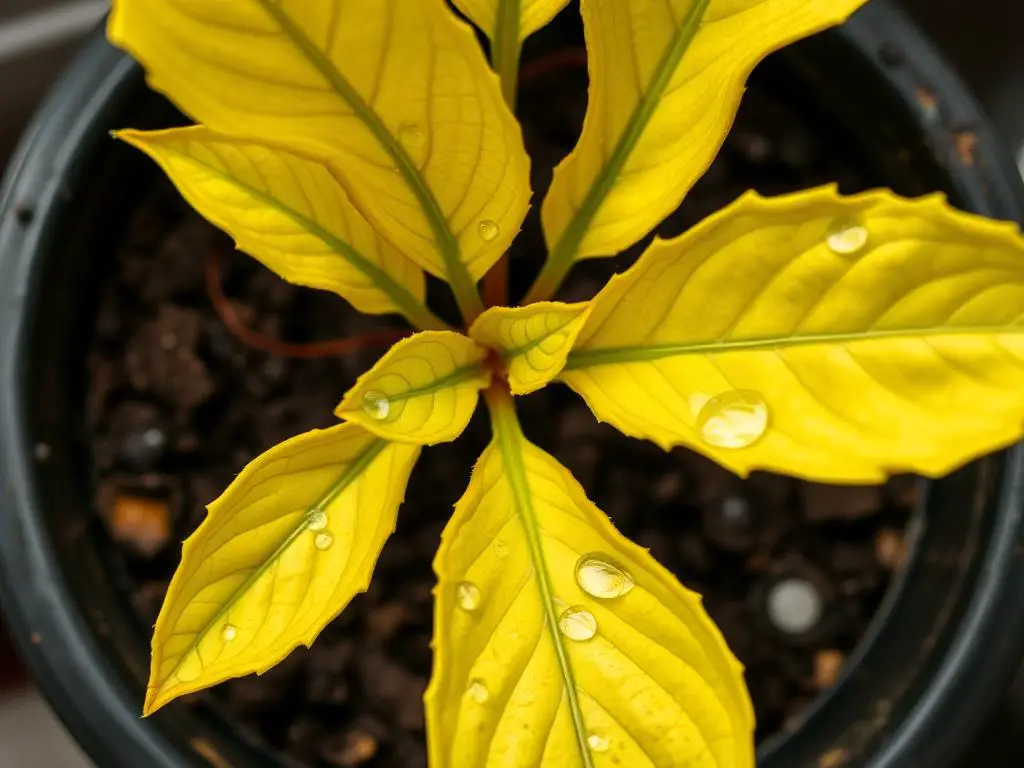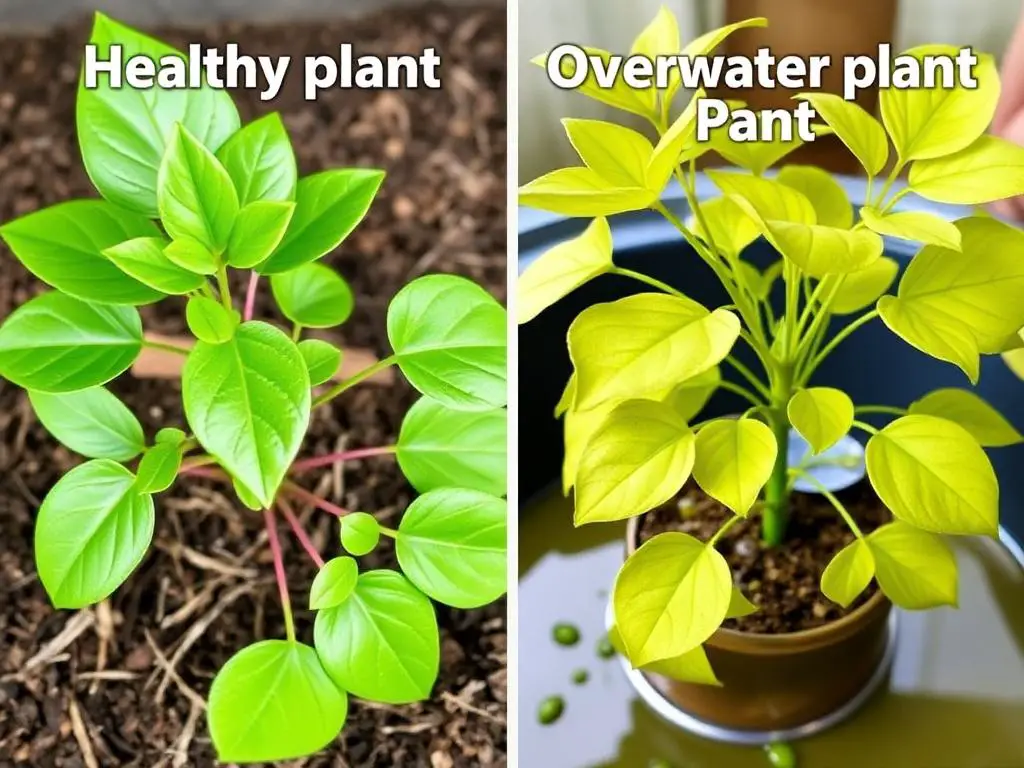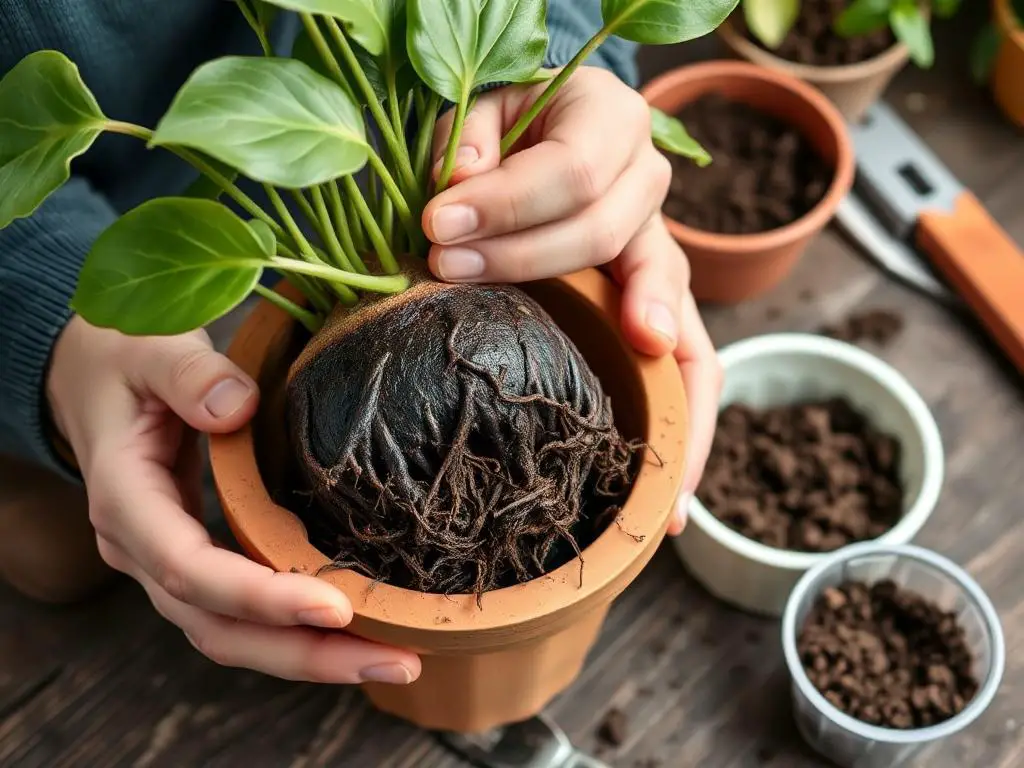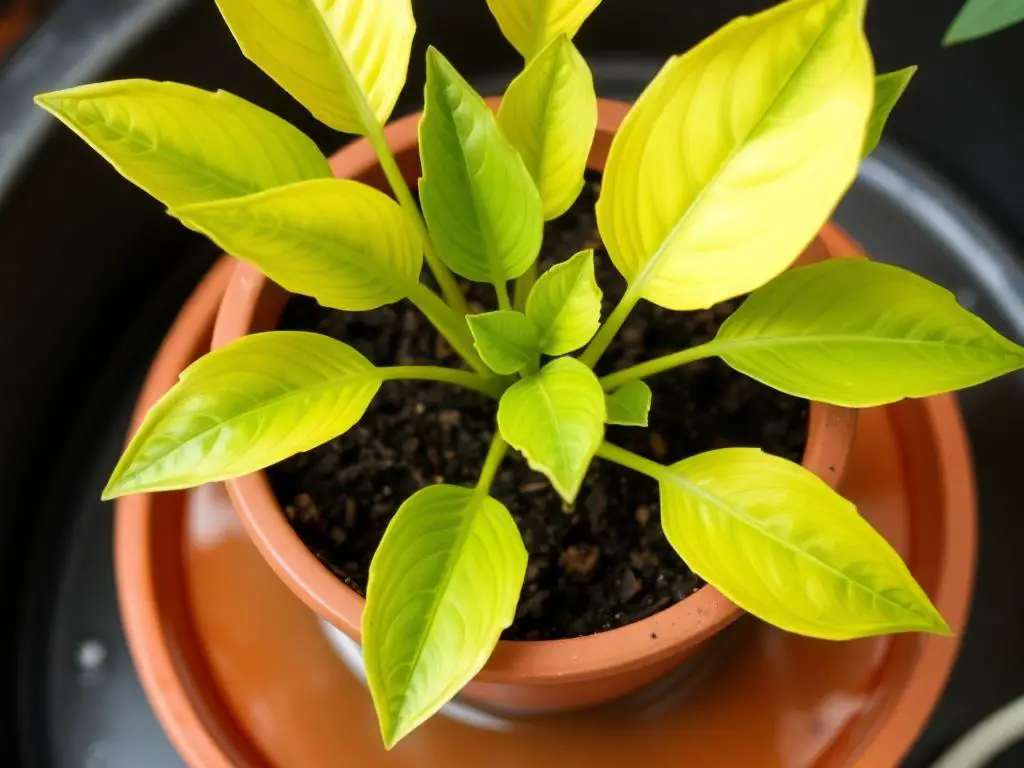If you’re a plant parent, you know the joy of watching your green friends thrive. But what happens when those vibrant leaves start to droop, turn yellow, or even fall off? You might be quick to blame pests, disease, or even the changing seasons. However, the shocking truth is that the culprit could be something much simpler—and more common: overwatering.

The Hidden Dangers of Overwatering
Overwatering is one of the most frequent mistakes made by plant enthusiasts, both novice and experienced. While it’s natural to want to give your plants plenty of water, too much of a good thing can lead to disastrous consequences. Here’s why:
-
Root Rot: When plants sit in waterlogged soil, their roots can suffocate and begin to rot. This not only prevents the plant from absorbing nutrients but can also lead to a host of other issues, including fungal infections.
-
Nutrient Deficiency: Overwatered plants often struggle to take up essential nutrients. The excess water can wash away vital minerals, leaving your plants starved for the nutrients they need to thrive.
-
Fungal Growth: Excess moisture creates a perfect environment for mold and fungus to flourish. This can lead to unsightly spots on leaves and, in severe cases, can kill your plant.

Signs You’re Overwatering
So, how can you tell if you’re giving your plants too much love? Here are some telltale signs of overwatering:
-
Yellowing Leaves: If the leaves of your plant are turning yellow, it could be a sign that the roots are drowning. This is often accompanied by a mushy texture.
-
Wilting: Ironically, overwatered plants can also exhibit wilting. This happens because the roots are damaged and unable to take up water effectively.
-
Moldy Soil: If you notice a white, fuzzy layer on the surface of your soil, it’s a clear indication that you’re overwatering. This mold can spread to your plant and cause further issues.
-
Root Issues: If you’re comfortable doing so, gently remove your plant from its pot to inspect the roots. Healthy roots should be firm and white. If they’re brown and mushy, it’s time to reassess your watering habits.

How to Fix Overwatering
If you suspect that you’ve been overwatering your plants, don’t panic! There are steps you can take to help them recover:
-
Let the Soil Dry Out: The first step is to allow the soil to dry out completely. Depending on the plant, this could take a few days to a week. Be patient!
-
Repot if Necessary: If the roots are severely damaged, consider repotting your plant in fresh, dry soil. This will give it a better chance to recover.
-
Adjust Your Watering Schedule: Take a moment to evaluate your watering routine. Most plants prefer to dry out a bit between waterings. A good rule of thumb is to stick your finger into the soil—if it feels dry an inch down, it’s time to water.
-
Improve Drainage: Ensure that your pots have adequate drainage holes. If you’re using a decorative pot without drainage, consider using a nursery pot inside it or switching to a pot that allows for proper drainage.

Prevention is Key
The best way to avoid the pitfalls of overwatering is to educate yourself about the specific needs of your plants. Different species have different requirements, and understanding these can save you a lot of heartache.
Invest in a moisture meter, which can help you gauge when your plants need water. And remember, it’s always better to underwater than to overwater. Your plants will thank you for it!
Conclusion
As a plant parent, it’s easy to get caught up in the desire to nurture and care for your plants. However, understanding the delicate balance of watering is crucial for their health and longevity. By recognizing the signs of overwatering and taking proactive steps, you can ensure that your plants not only survive but thrive. So, take a moment to assess your watering habits—your plants will be grateful for it! Happy gardening! 🌱
